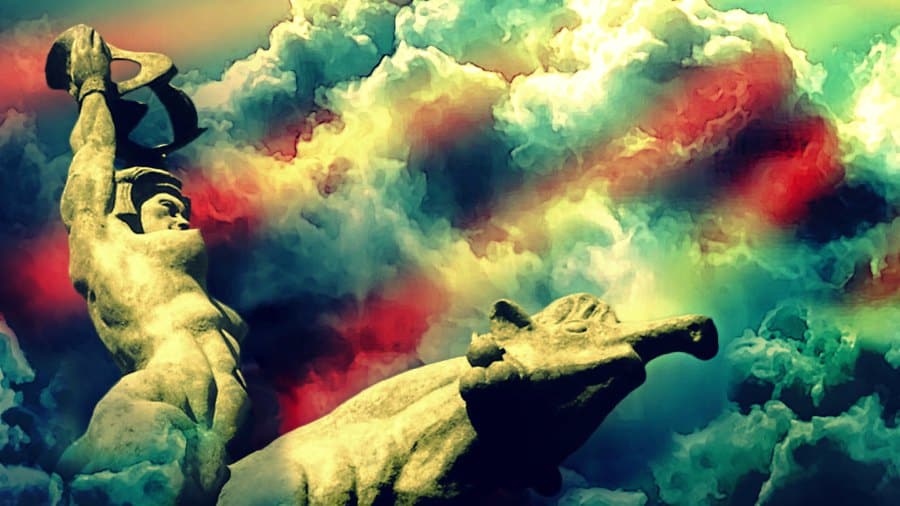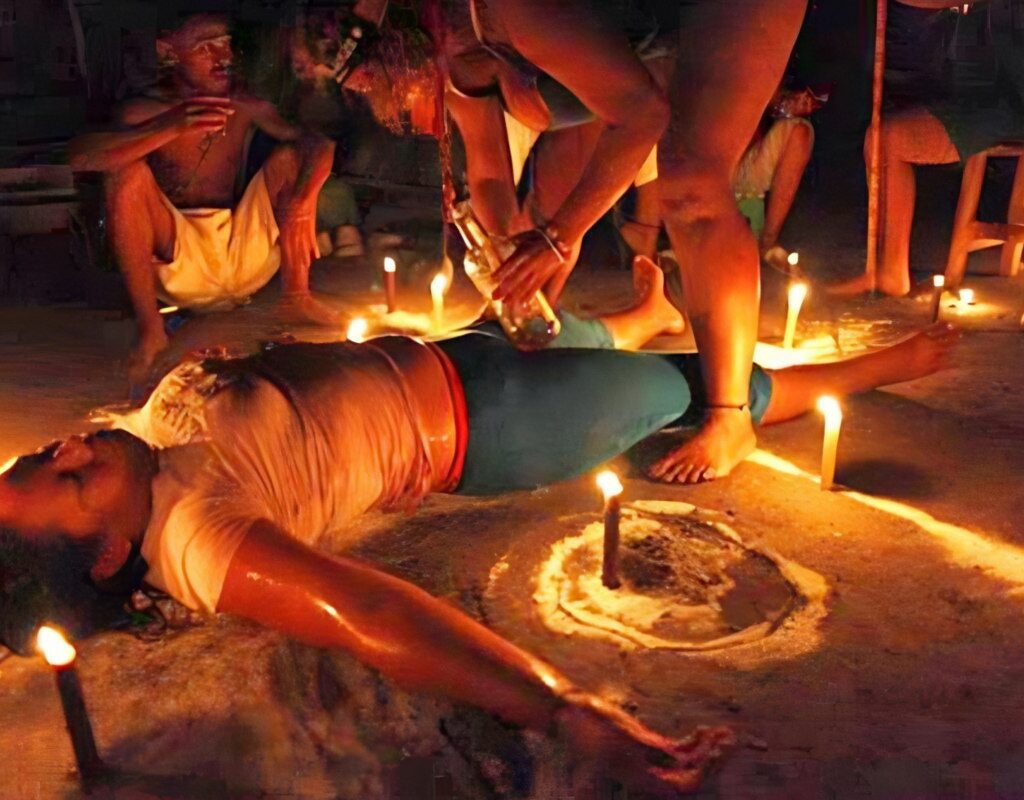On an Easter dawn, the fresh air of Bruzual reveals stories emerging from the depths of the Sorte Mountain. On these days and especially on October 12, this region of the Yaracuy state transforms into a magical spiritual epicenter of Venezuela, attracting devotees, the curious and skeptics.
A Pilgrimage of Faith and Mystery: Experiencing the Power of Sorte Mountain
In the Central Western region of Venezuela, Yaracuy emerges with its mysteries and legends. Its biodiversity, composed of lush landscapes, vast flora and unparalleled fauna, has inspired scientists, writers and artists. These are the same lands that gave birth to notable journalists, jurists and poets who, captivated by its beauty, captured the richness of their land in their works.
The Goddess and Her Companions
In this almost mythological corner, amidst streams of crystal-clear water, stands the figure of María Lionza, the Goddess of love and fortune. She, in communion with Negro Felipe and the chieftain Guaicaipuro, is part of the spiritual trio that has been venerated with ceremonies by the rivers Sorte and Quibayo for generations.
The echo of the drum, fervent chanting, candlelight vigils and gunpowder announce the presence of these deities. Devotees hope to be touched by the spirit of these mythological figures, while the curious seek to understand the spiritual phenomenon that defies reality.
A Spiritual Journey
Each year, the mountain fills with believers, eager to experience a connection with the beyond. Amidst an enigmatic atmosphere, rites that worship the dead, or at least their spirits, manifest. On these days, the mountain is filled with drums, chants and prayers, creating an atmosphere difficult to describe.
The frenetic African beat of the drums, mixed with the smoke of tobacco, creates a veil that covers the place. Spirits take possession of bodies, displaying themselves in grotesque forms, while the “bancos” act as protectors, dousing bodies with liquor.
As the night progresses, the spirits begin to speak. They predict, guide and warn, leaving the most devout in a state of awe. Then, they walk over burning coals, defying logic and physics, without sustaining burns or wounds at the end of the ritual.
María Lionza: A National Icon
This deity is not just a myth. She represents women, showcasing their strength and spirituality. The sculpture by Alejandro Colina in Caracas depicts María Lionza riding a tapir, symbolizing female power and their essential role in humanity.

The Origins of Devotion
In 1939, Gilberto Antolínez documented the legend of María Lionza, describing how the Jirajara-Nívar tribe had prophesied the arrival of a maiden with mysterious eyes, whose gaze would trigger the emergence of a monstrous snake. This is just one of many versions of María Lionza’s story, but all converge on her significance as a symbol of the Venezuelan race.
The cult of María Lionza and the other deities goes beyond mere beliefs. It is a deep-rooted tradition, a blend of Venezuela’s indigenous, African and Hispanic past. And although the real existence of these figures may be questioned, their influence on Venezuelan culture is undeniable. It is a myth that, on Sorte Mountain, feels as real as the air one breathes.





